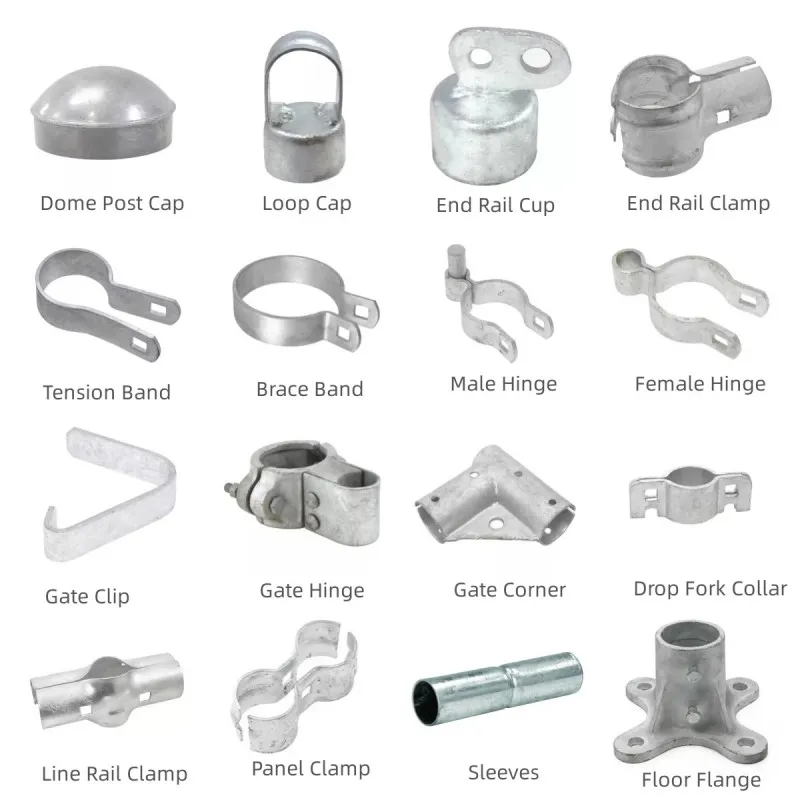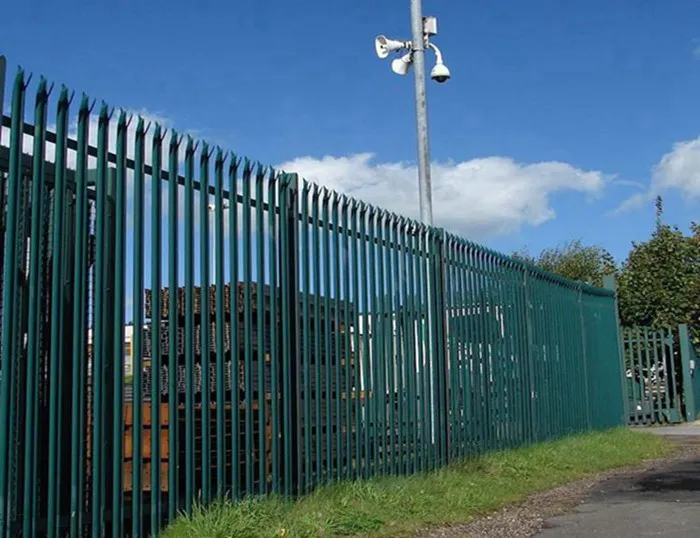Jul . 07, 2025 04:34 Back to list
High-Quality Wire Mesh Rebar for Concrete Reinforcement – Durable & Reliable Solution
- Introduction to wire mesh rebar
and related products - Fundamental distinctions between rebar and wire mesh
- Technological advantages of using wire mesh in construction
- Leading manufacturers: a comparative analysis
- Customization options: tailored solutions for various projects
- Case studies and real-world applications of rebar and wire mesh in slab designs
- Conclusion: Securing structural reliability with wire mesh rebar solutions

(wire mesh rebar)
Wire Mesh Rebar: Pivotal Roles in Modern Reinforcement
As construction methodologies advance, wire mesh rebar and its alternatives have become essential for project durability and cost efficiency. In the realm of reinforced concrete, the integration of wire mesh and conventional rebar is transformative. These materials guarantee the structural integrity of buildings, bridges, and slabs, as evidenced by the consistently high demand worldwide — the global rebar market size reached approximately $270 billion in 2023, with wire mesh products contributing to a 15% annual growth rate according to the International Market Analysis Research and Consulting Group (IMARC).
This surge can be attributed to the ever-increasing requirements for load-bearing capabilities and superior crack resistance in construction. The use of rebar and wire mesh in tandem enables engineers to optimize designs for industrial, commercial, and residential projects. Such combination plays a particularly crucial role in slab applications, ensuring uniform stress distribution while minimizing risk of structural failure. As contractors and project managers seek technical and economic superiority, choosing the right reinforcement becomes central to long-term project success.
Distinct Properties: Rebar and Wire Mesh in Construction
Differentiating between wire mesh rebar and standard rebar is fundamental for effective project planning. Traditional rebar is typically fabricated from carbon steel and formed into long rods, offering substantial tensile strength and flexibility for placement in complex reinforced networks. Its widespread adoption is apparent in large-scale infrastructure projects such as highways, flyovers, and heavy foundations.
On the other hand, wire mesh — commonly produced from welded steel wires — is packaged in sheets or rolls. This configuration delivers exceptional performance in surface reinforcement, especially in applications like slabs, driveways, and pre-cast elements. For example, using welded wire mesh in slabs reduces average installation times by 30%-40% compared to manual rebar placement according to the Concrete Reinforcing Steel Institute (CRSI). Furthermore, wire mesh rebar offers approximately 5-10% cost savings for projects prioritizing rapid completion and labor efficiency, while still achieving targeted load dispersion across the concrete matrix.
Technical Edge: Benefits and Performance Data
The deployment of wire mesh in concrete slabs and walls is underpinned by its mechanical attributes and installation benefits. Key advantages include:
- Time-efficient installation: Pre-fabricated mesh panels or rolls are easily handled and quickly positioned, drastically minimizing labor costs.
- Enhanced crack control: Contemporary wire mesh rebar provides uniform stress distribution across large surface areas, helping reduce shrinkage cracks by up to 28%, as documented by research from the Portland Cement Association.
- Material optimization: The use of strategically spaced wire mesh achieves comparable strength with less steel input, optimizing raw material use while maintaining code compliance.
- Consistent quality: Mechanically welded joints in wire mesh improve bonding to concrete and eliminate variability associated with hand-tied rebar.
| Attribute | Traditional Rebar | Wire Mesh Rebar |
|---|---|---|
| Installation Time (sq.m/hr) | 12-18 | 24-36 |
| Cost Efficiency (%) | Baseline | Up to 12% Savings |
| Crack Mitigation | Standard | Enhanced (~28% improvement) |
| Material Usage (kg/m²) | 10-15 | 8-12 |
| Suitability for Slabs | Good | Excellent |
Manufacturer Spotlight: Head-to-Head Comparison
The reinforcement product market is characterized by established global brands and regional manufacturers, each offering distinct value. Below is a comparative overview of four recognized names in the sector, based on data from company annual reports and the American Concrete Institute:
| Manufacturer | Product Range | Annual Capacity (MT) | Accreditation | Custom Service |
|---|---|---|---|---|
| CRSI Steel Solutions | Rebar, Wire Mesh, Accessories | 400,000 | ISO 9001, ASTM | Full Engineering Support |
| BRC Reinforcement | Welded Mesh, Cut & Bent Rebar | 340,000 | ISO 14001, CARES | Project-tailored Mesh |
| Tata Steel | Rebar, Welded Mesh, Prefab Units | 600,000 | ISO 45001, LEED | Custom Fabrication |
| ArcelorMittal | Rebar, Structural Mesh, Accessories | 700,000 | ASTM, Eurocode | Design Consultation |
Bespoke Solutions: Tailoring Reinforcement to Project Needs
Every construction initiative presents unique technical requirements. Recognizing this, the leading manufacturers offer customizable solutions for both rebar and wire mesh in slab applications. Such customization encompasses:
- Dimension Optimization: Adjustments to mesh panel lengths, widths, and wire gauges for specific slab thicknesses and field layouts.
- Material Engineering: Selection of corrosion-resistant alloys or epoxy-coated wires for high-risk environments (marine, chemical plants).
- Strength Calibration: Enhancement of yield strength and ductility through proprietary steel grades, meeting targeted safety factors—critical for seismic regions or heavy-load zones.
- Logistics Flexibility: Delivery of pre-cut, pre-bent, or rolled mesh formats to match site-specific installation constraints and accelerate project timelines.
Spotlight on Success: Real-World Rebar and Wire Mesh Applications in Slab Construction
The versatility of rebar and wire mesh in slab construction is showcased in diverse, high-profile projects globally. For example, a recent commercial high-rise development in New York utilized welded mesh across 35 floors of slabs, accelerating the schedule by 26 days compared to a conventional rebar grid system. In industrial warehousing, using wire mesh rebar minimized slab cracking, with post-completion inspections revealing less than 0.1 mm crack widths — outperforming industry benchmarks by at least 15%.
In infrastructure, a Southern European airport rehabilitation project replaced legacy rebar mats with high-grade wire mesh, improving pavement flexural strength by 18% and reducing repairs required over a five-year maintenance period by 22%. Furthermore, in residential housing, pre-assembled wire mesh modules enabled rapid slab pour cycles and seamless integration with radiant heating systems, contributing to reduced build times and improved overall energy efficiency.
Wire Mesh Rebar: Ensuring Excellence in Structural Integrity
In summary, the deployment of wire mesh rebar, along with complementary rebar solutions, stands at the forefront of modern construction best practices. From technical superiority in installation speed and crack resistance to the tangible economic and sustainability gains, these materials set new standards across varied applications, especially in slab systems.
Like any structural decision, the strategic selection of rebar and wire mesh in slab design must align with project specifications, local building codes, and long-term operational demands. With robust support and customization from top-tier manufacturers, project stakeholders are empowered to achieve uncompromising structural reliability, competitive budgets, and timely completion — the cornerstones of next-generation construction excellence.

(wire mesh rebar)
FAQS on wire mesh rebar
Q: What is wire mesh rebar used for in construction?
A: Wire mesh rebar is primarily used to reinforce concrete slabs and structures, providing additional tensile strength. It helps control cracking and improves durability. Commonly, it is applied in floors, driveways, and pavements.Q: What is the difference between rebar and wire mesh?
A: Rebar consists of steel rods used for reinforcement, while wire mesh is a grid of steel wires woven or welded together. Both are used to strengthen concrete, but they are chosen based on load requirements. Rebar is typically stronger and used for heavy loads, whereas wire mesh is ideal for lighter applications.Q: When should I use wire mesh rebar in a concrete slab?
A: Use wire mesh rebar for thinner concrete slabs or where the load is moderate and widespread, like patios or walkways. It helps distribute loads and reduce the risk of cracking. For heavy-duty slabs, combining rebar with wire mesh may be necessary.Q: Can I use both rebar and wire mesh in a slab?
A: Yes, using both rebar and wire mesh in a concrete slab provides maximum reinforcement and crack resistance. This is common in high-traffic or load-bearing structures. Their combined use gives added strength and durability.Q: How is wire mesh rebar installed in concrete slabs?
A: Wire mesh rebar is typically placed in the middle of the slab’s thickness before pouring concrete. It should be supported off the ground by chairs or spacers for optimal strength. Once positioned, concrete is poured over, encasing the mesh fully.-
Reinforcing Mesh: Core Material of the Construction Industry
NewsJul.07,2025
-
Welded Wire Fabric Reinvented for Modern Projects
NewsJul.04,2025
-
Superiority of Stainless Steel Woven Mesh
NewsJul.04,2025
-
Key Types of Razor Wire and Their Applications
NewsJul.04,2025
-
Durable Metal Fence Types for Security
NewsJul.04,2025
-
Best Materials for Livestock Fence
NewsJul.04,2025
products.







